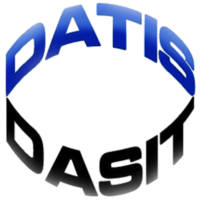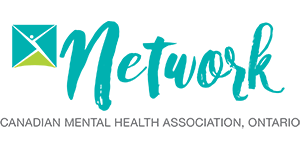 For more than 20 years, the Drug and Alcohol Treatment Information System (DATIS) has been an important tool used to monitor the availability and type of substance use services within Ontario. And its value is just as vital today as when it was created.
For more than 20 years, the Drug and Alcohol Treatment Information System (DATIS) has been an important tool used to monitor the availability and type of substance use services within Ontario. And its value is just as vital today as when it was created.
Organizations in the addictions sector are required to provide routine information to DATIS, which is used to identify current trends and provide information on the demographics of individuals that use addictions services in Ontario.
DATIS is a client-based information system that monitors the number and types of publicly-funded addiction treatment services in Ontario. It contains data from over one million people.
Importantly, DATIS allows service providers to provide the Ministry of Health and Long-Term Care and Local Health Integration Networks with data for policy, planning and accountability.
“(DATIS) allows the ministry and the LHINS to have an understanding of not just the services that people are receiving, but also who is getting the services,” says Daniel Elliot, operations manager with DATIS, which began in 1994 at the Addiction Research Foundation (DATIS currently operates out of the Centre for Addiction and Mental Health).
Information is collected through the use of Catalyst, an electronic client management system that is used by approximately 180 participating agencies across the province. And the number of organizations using DATIS continues to grow.
The DATIS database helps to provide information regarding changing patterns of substance use and the trends that can emerge within treatment settings.
“The data model in Catalyst is able to track who is coming into treatment, what services are they getting and what are their health and substance use issues.” Elliot says. “This information can then be used to track a client through their treatment to see the impact over time, and what has been effective for them.”
DATIS and harm reduction
In addition to substance use, DATIS also tracks service utilization for problem gambling and other programs, including a new initiative to deliver a tracking system for harm reduction services, which will be piloting in mid-2017.
“It is different than Catalyst as it will be anonymous, and based on services provided and interactions, rather than registered clients,” Elliot says. “It will be tracking information from harm reduction programming including needle exchange sites, intravenous drug user outreach programs and Hepatitis C outreach programs.”
“Up until now there was no way to understand what was accurately happening, and the quality and speed at which information was being obtained was not helpful.”
This is important for knowledge around potential trends in substances that pose a public health risk.
“There are growing issues with overdose in Ontario, and the information about that would be caught at the harm reduction level,” Elliot says. “It is important to have the rapid ability to detect trends and make that information available as soon as possible.”
Overall, the DATIS program has become a service-provider health management tool that provides an important mechanism to support funders and stakeholders in the sector.
“The main goal is to have a greater understanding of people who are attending addictions services and to branch into harm reduction. This is a logical extension,” Elliot says.
Jean Hopkins is a Policy Analyst at Canadian Mental Health Association, Ontario.
